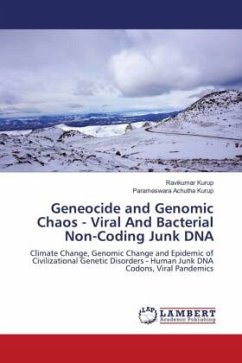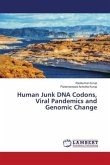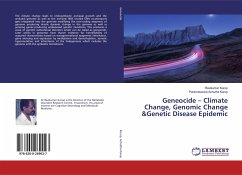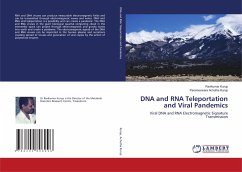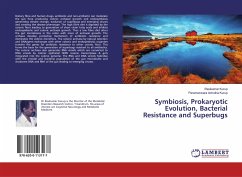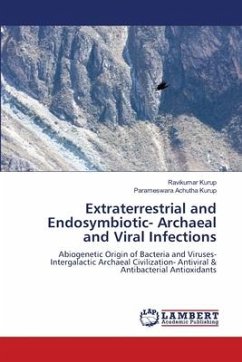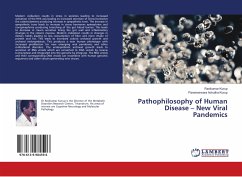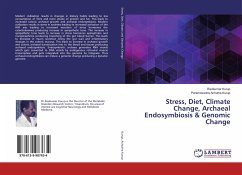The climate change leads to endosymbiotic archaeal growth and the archaeal genome as well as the archaeal RNA viroidal DNA counterparts gets integrated into the genome modifying the non-coding sequence of genome producing drastic dynamic change in the genome as well as jumping genes producing widespread genetic mutations. This produces a wave of genetic civilizational disorders which can be called as geneocide. The endosymbiotic archaea secrete RNA viroids. The archaeal RNA viroids are converted to DNA viroids by endogenous HERV reverse transcriptase and integrated into the genome by HERV integrase. The RNA viroids and their DNA templates getting integrated into the genome consequent to environmental stress leads to genomic flexibility and dynamicity which can be inherited. Exposure to environmental stress can alter the genome changing body function in response to stress and genomic change which is acquired is hereditable. Thus archaeal endosymbiosis and symbiotic genomics is a mode of altering genomic structure which can be inherited in response to environmental and psychological stress. Symbiotic genomics forms the basis of generation of new emerging viruses and superbugs.
Bitte wählen Sie Ihr Anliegen aus.
Rechnungen
Retourenschein anfordern
Bestellstatus
Storno

